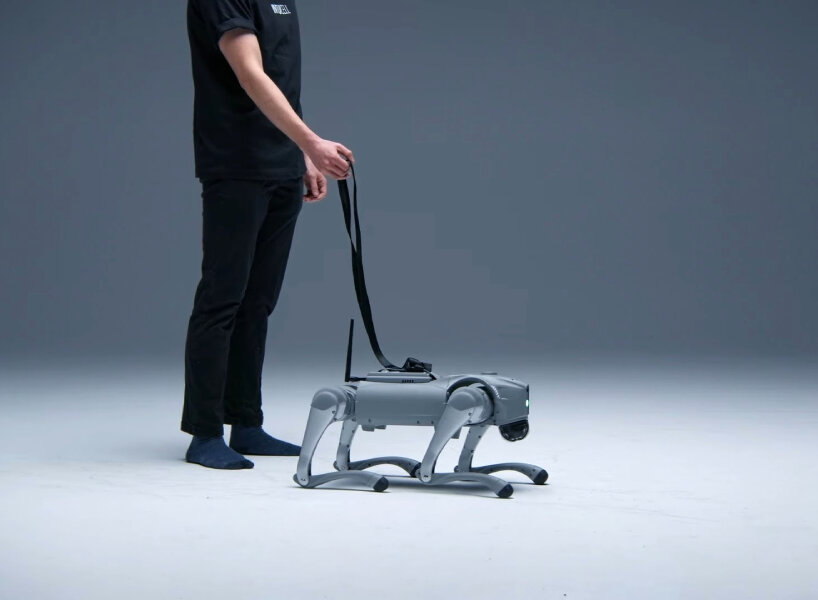Meet Luna, the robot dog that learns and adapts like a real animal!
Swedish AI startup IntuiCell unveils groundbreaking technology.
Hashtags: #AI #RobotDog #Luna #ArtificialIntelligence #IntuiCell #TechInnovation #MachineLearning #FutureTech #AI #RobotDog #Luna #ArtificialIntelligence #IntuiCell #TechInnovation #MachineLearning #FutureTech #SpaceExploration #AutonomousMachines
Revolutionary AI: Luna the Robot Dog Learns on Its Own | AI15
AI robot dog, Luna robot, IntuiCell AI, machine learning robots, futuristic robots, adaptive AI, AI space exploration, robotics innovation, next-gen AI, AI in real-world environments

Intuicell develops autonomous robot dog luna
- The smart device doesn’t rely on pre-programmed instructions.
- Instead, it studies its environment and absorbs its behavior by exploring and adapting to its surroundings like humans.
- Unlike traditional systems, the autonomous robot dog Luna does not use pre-trained simulations, stored data, or adjusted controls.
- neural network, dubbed the ‘digital nervous systems,’ uses AI in a way that the machine improves itself as it interacts with the environment.
During testing, the robot demonstrates how it studies to balance and stand. It has a leash attached for safety, but it doesn’t support Luna because the team design its system ‘to fall and learn from the experience.’
After each fall, the autonomous robot dog adjusts itself to improve its next attempts. Since it doesn’t have soft body parts like animals, there have to be safety measures to prevent itself from damage.
Speaking of animals, they develop to move by making random movements even before birth. In essence, it’s the same for the autonomous robot dog Luna because the machine tries different motions to figure out how to stand and balance.
Machine with No detailed ‘map’ or rules for how to move
During IntuiCell’s preview of the autonomous robot dog Luna, the machine is given the instruction to stand, but not how to do it. It then figures out the solution on its own using its system that’s free from any pre-coded programs.
In essence, Luna learns by trial and error because it doesn’t have a detailed ‘map’ of its body or a set of rules for how to move. After several tries, the autonomous robot dog pulls off standing without any outside help. Then, the team tests its skills to walk or crawl on different surfaces to see how well it can adjust to new conditions. In one test, the machine works out to balance itself on blocks of ice, balancing itself on a slippery floor.
- Here, it attempts to control its own body and basic movements.
- The next stage is the ‘child era,’ where it is able to learn new skills by following instructions.
- So far, the project is still in the development stage.

the smart device doesn’t rely on pre-programmed instructions




No comments:
Post a Comment